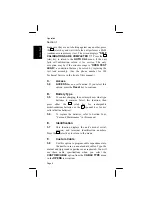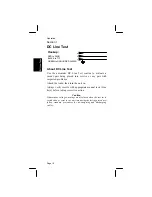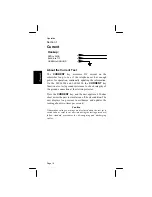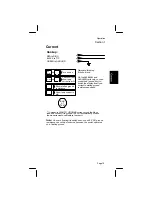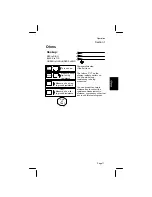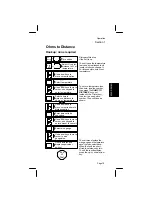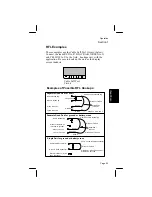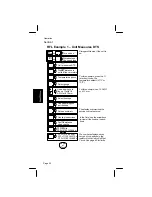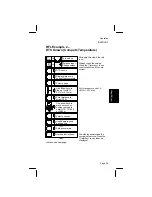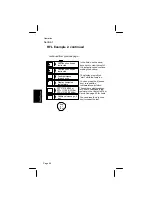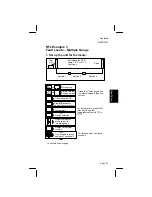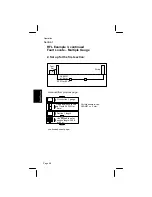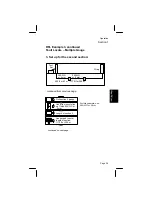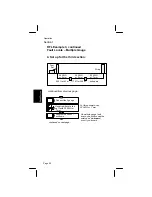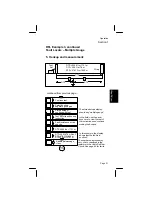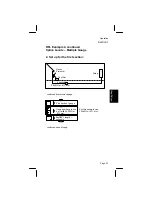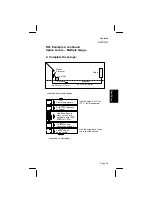
Operation
Section 1
Page 20
Resistance Fault Locate
Hook-up:
As instructed on the unit’s display screen
– varies by application (see page 23)
About Resistance Fault Locate
The
RESISTANCE FAULT LOCATE
(RFL) function
measures the distance to the fault (DTF); distance from
the strap to the fault (STF); distance to the strap (DTS);
and distance to a splice (on multi-gauge cable of known
distance to strap).
First, test good and faulty conductors with the
OHMS
key;
test continuity with the
OPENS
key.
At the end of the test, 900-T-Series units have the option of
storing the results for later retrieval in the terminal mode
(for more information, see the Terminal Emulation manual
for your unit).
A detailed setups chart and examples follow the RFL
flowchart. There are four major set-ups:
a.
Unit measures DTS (distance to strap)
b.
DTS known
c.
Fault locate –– multiple gauge
d.
Splice locate –– multiple gauge
In RFL mode, the display “XX NULL” indicates an
automatic null operation required in the measurement.
During the distance-to-fault (DTF) measurement, the
display “XX.XXX%” indicates fault location relative to
distance to strap (DTS) (e.g., 50% indicates halfway to
strap).
Caution
If hazardous voltage warnings are displayed when the test set is
switched on or reset (or at any time during the testing
procedure) follow standard procedures for de-energizing and
discharging cables.

